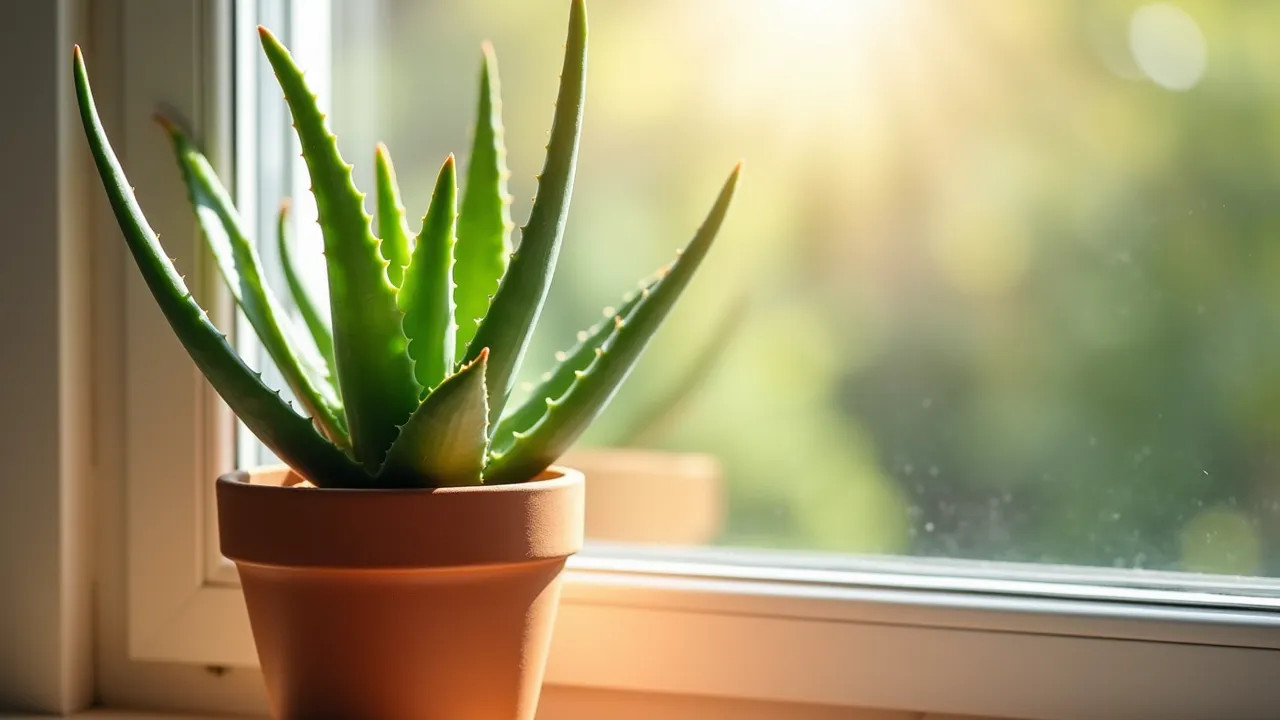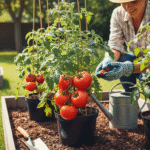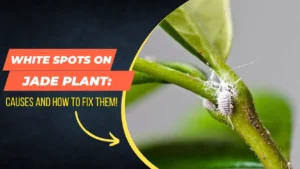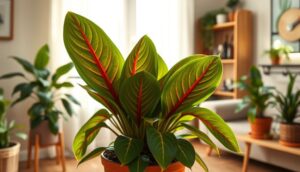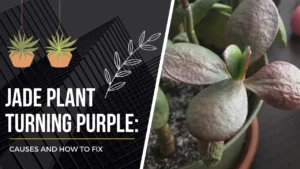If there’s one plant that has earned a permanent place in both homes and hearts, it’s the Aloe Vera plant. Known for its striking appearance, minimal maintenance needs, and incredible healing properties, this succulent is as practical as it is beautiful.
As someone who has spent over two decades growing and caring for indoor and outdoor plants, I can confidently say that aloe plants are among the most rewarding plants you can grow. Whether you’re a beginner gardener or a seasoned green thumb, learning how to care for an aloe plant properly can ensure your plant thrives for years—producing lush, plump leaves full of that famous gel we use for skincare, minor burns, and natural healing.
Let’s dive into the essentials and secrets of keeping your aloe plant happy, healthy, and flourishing.
Table of Contents
🌱 Aloe Plant Overview
The Aloe Vera is a succulent plant species of the genus Aloe. It’s native to arid regions of Africa and the Arabian Peninsula but has now found its way into homes and gardens around the world. Aloe’s thick, fleshy leaves are designed to store water, making it incredibly drought-tolerant.
Its soothing gel has been used for centuries for skincare, hair care, and medicinal purposes. The plant’s resilience and low-maintenance nature make it ideal for indoor spaces—especially sunny windowsills or patios that receive bright light.
🌿 Aloe Plant Quick Care – Table Format
| Aspect | Details |
|---|---|
| Scientific Name | Aloe barbadensis miller |
| Common Name | Aloe Vera |
| Native Region | Arabian Peninsula, North Africa |
| Light Requirements | Bright indirect to direct sunlight (6–8 hours) |
| Watering Needs | Low; allow soil to dry between waterings |
| Propagation | Offshoots (pups) or leaf cuttings |
| Toxicity | Mildly toxic to pets if ingested |
| Growth Rate | Moderate |
| Ideal Temperature | 60°F–85°F (15°C–29°C) |
🌾 Aloe Plant Requirements – Table Format
| Aspect | Details |
|---|---|
| Hardiness | USDA Zones 9–11 |
| Climate Zones | Warm, dry, arid |
| Plant Type | Perennial succulent |
| Plant Family | Asphodelaceae |
| Plant Genus | Aloe |
| Season of Interest | Year-round foliage |
| Height | Up to 1–2 feet |
| Spread | 1–2 feet |
| Spacing | 8–12 inches apart |
| Depth | Shallow-rooted |
| Maintenance | Low |
| Soil Type | Sandy, well-draining soil |
| Soil pH | Slightly acidic to neutral (6.0–7.5) |
| Soil Drainage | Excellent drainage essential |
🌤️ How to Care for Aloe Plant
🌞 Aloe Plant Light Requirements
Aloe Vera loves bright, indirect sunlight, and ideally around 6–8 hours of light daily. A south- or west-facing window is perfect. Outdoors, choose a sunny but slightly shaded corner during hot summers to prevent leaf scorching.
Pro Gardener Tip: If your aloe’s leaves start turning brown or orange, it’s a sign of sunburn. Move it to a spot with filtered light. Conversely, pale or droopy leaves mean your plant needs more sunlight.
💧 Aloe Plant Watering
Aloe Vera is a desert native—its biggest enemy is overwatering. Water only when the top 2–3 inches of soil are completely dry. Typically, once every 2–3 weeks is enough (less in winter).
When watering, drench the soil thoroughly until water flows out of the drainage holes, then allow it to drain completely. Never let your aloe sit in standing water.
Pro Gardener Tip: Always use the “soak and dry” method. It mimics natural desert rainfall, encouraging stronger roots and preventing rot.
If you’ve accidentally overwatered your aloe, remove it from the pot, trim off any rotten roots, and replant in fresh, dry, sandy soil.
🌱 Aloe Plant Soil
The best soil for aloe plants is well-draining, gritty soil—similar to what you’d use for cacti or succulents.
Ideal Soil Mix:
- 2 parts cactus/succulent mix or sandy soil
- 1 part perlite or pumice
- Optional: a pinch of compost for nutrients
Avoid regular garden soil, as it holds too much moisture.
Pro Gardener Tip: Mix in small gravel at the base of your pot to further enhance drainage and avoid soggy roots.
Best Pot for Aloe Plant
Aloe Vera thrives best in terracotta or clay pots with drainage holes. These materials allow moisture to evaporate and prevent waterlogging.
Avoid plastic pots, as they retain moisture longer. Choose a pot that’s slightly larger than the root ball—too big a pot can lead to overwatering issues.
🌿 Repotting Aloe Plant
Repot your aloe every 2–3 years or when it becomes root-bound. The best time to repot is spring or early summer.
Steps:
- Gently remove the plant from its pot.
- Shake off old soil and inspect roots for rot.
- Trim any damaged roots.
- Replant in a fresh, well-draining mix.
- Avoid watering for a few days to let roots settle.
Pro Gardener Tip: Repotting is also a great time to separate pups (baby aloes) for propagation!
🌡️ Aloe Plant Temperature
Aloe prefers warm temperatures between 60°F and 85°F (15°C–29°C). Protect it from frost, as temperatures below 50°F (10°C) can cause leaf damage.
During winter, move your aloe indoors near a sunny window to keep it cozy and thriving.
💨 Aloe Plant Humidity Requirement
Aloe plants love dry air and don’t need high humidity. In fact, excess moisture in the air can promote fungal issues. If you’re keeping it indoors, ensure good air circulation around the plant.
✂️ Aloe Plant Pruning
Pruning is minimal but helps your aloe stay neat and healthy. Remove dead, damaged, or shriveled leaves from the base using a clean, sharp knife or pruning shears.
You can also harvest mature leaves (the outermost ones) for their gel—just don’t overharvest, as your plant needs several leaves to photosynthesize efficiently.
Pro Gardener Tip: Always sterilize your cutting tools before pruning to prevent infections.
🌼 Aloe Plant Fertilizer
Aloes are light feeders. Use a diluted succulent or cactus fertilizer once every 2–3 months during spring and summer. Avoid fertilizing in winter when the plant is dormant.
Recommended ratio: 10-40-10 (low nitrogen, high phosphorus, moderate potassium). This supports root growth and overall health.
Pro Gardener Tip: Overfertilizing can cause weak, soft leaves. Less is more with aloe!
🐛 Aloe Plant Pests and Diseases
Common pests include mealybugs, aphids, and scale insects. They can be wiped off gently using a cotton swab dipped in neem oil or insecticidal soap.
Diseases are usually caused by overwatering or poor drainage, leading to root rot or fungal infections. Prevent this by using well-draining soil and avoiding excess moisture.
Pro Gardener Tip: Always inspect the undersides of leaves regularly—most pests hide there!
🌸 Conclusion
Caring for an aloe plant is as rewarding as it is simple. With just the right balance of sunlight, minimal water, and well-draining soil, your aloe will reward you with lush green leaves and soothing gel for years to come.
As a gardener who has tended countless aloe plants, I can assure you—once you understand its rhythm, the aloe plant almost takes care of itself.
So, find a sunny spot, give your aloe a good start, and enjoy the peace of watching it grow. There’s nothing more satisfying than nurturing a plant that gives back so generously—one leaf at a time. 🌿

